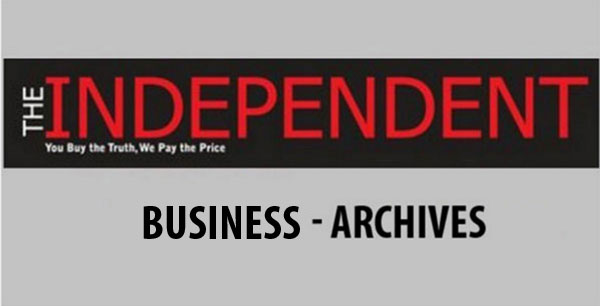
By Agnes E. Nantaba
Richard Masagazi is the managing director of Pearl Seeds Ltd. He spoke to Agnes E. Nantaba about their role in the agriculture sector.
What are the key elements in your management style as a manager?
We have both technical and non-technical employees whose interests I must work to satisfy. In terms of execution, it’s a matter of balancing both delegation and active involvement as a manager especially in critical areas and each comes with challenges and opportunities. For instance, as a manager, when you delegate, it is hands off but eyes remain on. Also, you also take responsibility for the rubbish or good work that comes out of it. Many times I have had to physically engage in fieldwork to see what is happening. This is true because the kind of people we deal with need physical interface and maintaining personal relationships.
What is your assessment of the status and performance of the seed industry in Uganda?
Having been in the industry for over 13 years, I can point out that the seed industry is coming from a state of government control into the privatized space. In the past, the government used to buy and sell seed from research stations like Kawanda through the district agricultural officers. But somewhere in the early 1990’s, there was a wave of privatization, which didn’t spare the seed industry. Private operators started investing in this sector but this has come with issues of quality of seeds in the market. It has come with the sale of fake seeds and questionable volumes. Much as seed companies are not at the same level, quality is something that should be worked on seriously.
We need to have the right level of staff competence and skills because not everyone can get involved in seed production. The other area is education of farmers as people tend to go for the cheapest rather than what will produce the best harvest. The small difference in prices ends up making the farmers incur very big losses. We also have to look at quality in terms of the wider EAC and COMESA regions and how much we lose if our seeds are of poor quality. There is need for training and demonstrations on how seed is planted, how it should be used, and proper use of pesticides and herbicides. Unfortunately, the number of extension staff has been reducing drastically yet they are required more than ever before. The government has to appreciate the fact that the seed industry has a big bearing on the economy of Uganda and incomes of farmers and more so given that getting people out of poverty is a national priority.
What is the difference between fake and poor quality seeds?
Bad seed can result from poor handling of good seed. On the other hand, fake seed is mainly sold by scrupulous dealers who use counterfeit packaging and simply colour any produce with dyes without any processing whatsoever, which they then sell to unsuspecting farmers.
What other challenges hamper the steady growth of the seed industry in Uganda?
Finance remains a big challenge for seed companies. For instance, when farmers harvest, they need their money in cash, which seed companies may not have. You end up losing the quality seed. The banks don’t want to lend to the agricultural sector saying it’s risky. The government has to come in and fill the gap. Lack of seeds is a disaster, which can be prevented with big dividends. My prediction is that food prices will shoot to the highs of 2011/12 if nothing is done for the industry.
What are the seed suppliers doing about these challenges?
On the challenge of funding, we have had discussions with the government and the World Bank. We need a special fund or agricultural bank to fund to fill the gap. The returns will be enormous. The inspection and technical department in the line ministry must well-facilitated so that local quality standards can be relied on rather than requiring international inspectors to come in before our seeds are accepted outside Uganda. On the side of fake and bad seeds, we are working on a labeling system for our products. Already, we have the e-tag in the form of a scratch card where farmers just SMS the number on it and get feedback on where the seed is made, its volume, acreage before purchase from dealers. That is one area of assurance about the quality of the seed.
In case of anything, the farmer can always tell the source of the seed and get help. We are also working with USAID and the Ministry of Agriculture to come up with a scheme to intensify extension services. The best approach would be having a semi-autonomous body to carry out inspection as opposed to a mere department at the ministry. We are working on setting up a body that companies can subscribe to as we also work to improve internal inspection systems within individual companies.
What is your projection of the seed industry in Uganda in the next few years?
We are optimistic about growth in terms of revenue and employment in the seed sector.
 The Independent Uganda: You get the Truth we Pay the Price
The Independent Uganda: You get the Truth we Pay the Price



